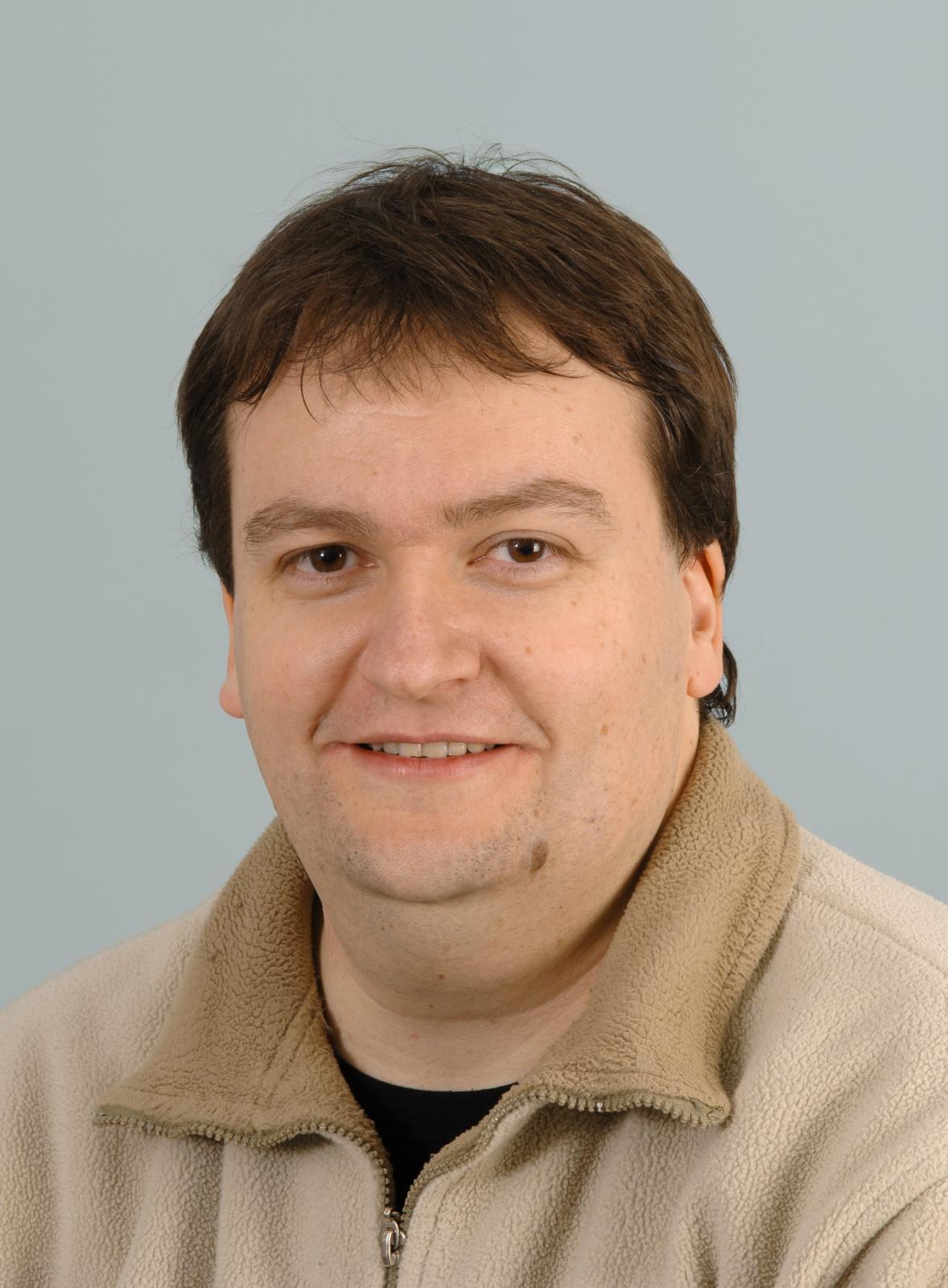Prof. Dr. André Rubbia

Prof. Dr. André Rubbia
Full Professor at the Department of Physics
- Work phone +41 44 633 38 73
- Fax print +41 44 633 11 04
- Work phone +41 22 767 89 24 Alternate(Alt.)
- phone +41 44 633 20 31 Secretariat(Sec.)
- contactsV-Card (vcf, 1kb)
Additional information
Since January 1st, 1998, Andre Rubbia has been Associate Professor and since December 1st, 2003, he has been Full Professor of Experimental Physics at the Institute for Particle Physics at ETH Zurich.
He was born in Geneva on August 12, 1966. From 1985 until 1990 he studied physics at the University of Geneva, where he made his diploma thesis within the L3 experiment at the LEP accelerator at CERN (European Laboratory for Nuclear Research). He made his PhD thesis at the Massachusetts Institute of Technology in Cambridge, USA, where he graduated with Prof. S.C.C. Ting in 1993. Back at CERN, he worked as a staff member at the neutrino experiment NOMAD. With this experiment he searched for neutrino oscillations to test the heavy neutrino hypothesis.
The research activities on elementary particles and their interactions are now concentrated at ETH Hoenggerberg and at CERN. The group is involved with the data analysis of the NOMAD experiment and with the development of hardware and software for two new experiments: the ICARUS detector and the Compact Muon Solenoid (CMS) detector.
Today the neutrino is considered to be massless. If the phenomenon of neutrino oscillations would be discovered, it would mean, that the fundamental neutrino particle is massive, which would have important implications on the universe.
By the year 2004, the ICARUS detector will be installed at the Gran Sasso National Laboratory (near Rome, Italy). It will allow a precise study of neutrinos, which are produced in the atmosphere of the earth in order to verify the hypothesis of neutrino oscillations and mass. It will also be possible to identify neutrinos coming from the sun and to test the stability of matter with a search for proton decays. In addition, there is a proposal to send neutrinos produced at the CERN-SPS storage ring from Geneva to the ICARUS detector in the Gran Sasso Laboratory (at a distance of 730 km) to directly verify the phenomenon of neutrino oscillations.
The CMS experiment at the future LHC-collider at CERN is under construction. From the year 2005 onwards it will allow to study proton-proton-collisions at a center-of-mass energy of 14000 GeV (see http://cmsdoc.cern.ch/call_made). This experiment will open new energy- and luminosity-frontier and has therefore large potential to discover new particles, e.g. the Higgs-boson or other new particles and forces. Many theories beyond the Standard Model (for example SUSY) will be directly tested.
Course Catalogue
Spring Semester 2024
| Number | Unit |
|---|---|
| 402-0600-00L | Nuclear and Particle Physics with Applications |
| 402-0710-00L | Doctoral Student Seminar in Nuclear and Particle Physics |
After having earned his diploma in physics at the Département Physique Nucléaire et Corspusculaire (DPNC) at University of Geneva in 1990, Prof. Dr. André Rubbia began his graduate studies in the field of particle physics at the Massachusetts Institute of Technology, where he focused on high-energy electron-positron collisions and worked on the development of particle detectors. After his return to Switzerland in 1993 he became a fellow, then staff researcher, at the European Organization for Nuclear Research (CERN). In 1998, at age 32, he was elected Associate Professor at the Institute for Particle Physics at ETH Zürich. In 2003, he was promoted to Full Professor. At ETHZ he teaches notably basic and specialised courses at the Bachelor’s and Masters’ levels, in addition to initiating and leading new lines of research in astro-particle physics, neutrino physics, and exotic atoms.
He has been involved in eight large projects at CERN colliders at the highest energies as well as at fixed target facilities. He has constructed and performed experiments at the Gran Sasso Underground Laboratory (Italy) and the Canfranc Underground Laboratory (Spain). He has pioneered and successfully led the developments of deep underground neutrino observatories and large instruments for direct dark matter detection. He has been the Principal Investigator of more than 20 national SNF projects, and has acted as Coordinator of two EU FP7 Design Studies projects. Outside Europe, he has been deeply involved in collaborations with Japanese and American research centers. In 2015, he was elected Co-Spokesperson of a billion-dollar-scale neutrino project (DUNE) at Fermilab in Chicago, where he has played a seminal role in the formation and organisation of the experiment, managing more than 900 scientists and technicians.
He has authored more than 300 peer-reviewed publications and has supervised more than fifty PhD’s and Master’s theses. He edited the paper that announced the first indication of electron neutrino appearance at accelerators, selected in 2011 by the American Physical Society for Viewpoint. First evidence for matter-anti-matter asymmetry in neutrino oscillation was found. The Breakthrough Prize for Fundamental Physics was awarded to the international scientific team for these results.
Possessing crucial expertise in the technology of particle and radiation detectors and electronic data processing, he has made unique and innovative contributions to the development of the liquid Argon Time Projection Chamber (LAr TPC) and Micro-Pattern Gaseous Detectors, in particular the invention of the dual-phase technology and the successful operation of the first underground ton-scale target, based on liquid argon and optimised for nuclear recoil detection.
Recently has also explored new “exotic” directions, including the testing of gravity of antimatter, the study of the electron-positron bound state, and expanding searches for “Dark Hidden Sectors”.
